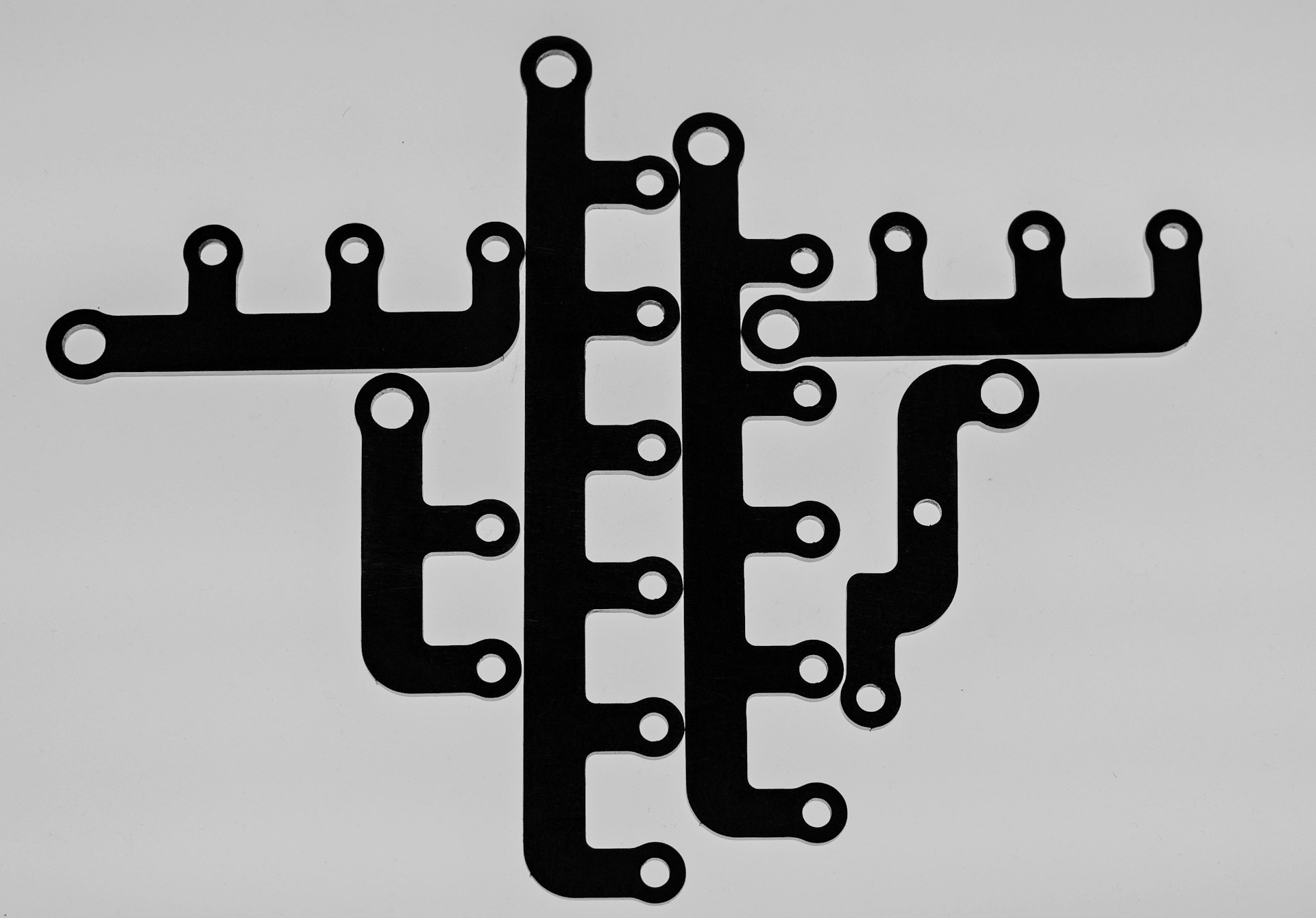Context
In complex organizations, performance is not only determined by talent or motivation but by how teams are structured to collaborate. Team Topologies provides a practical framework for designing, evolving, and aligning team structures that maximize speed, clarity, and flow in modern, technology-driven environments. The model emerged from DevOps and software engineering, but its principles apply broadly to any organization seeking to balance autonomy with alignment.
Core Idea
Team Topologies defines four fundamental team types and three patterns of interaction that together form the building blocks of a high-performing, adaptive organization.
Four Fundamental Team Types
- Stream-Aligned Teams: Organized around a flow of work, such as a product, service, or customer journey, with end-to-end responsibility for delivery and outcomes. Their goal is to minimize handoffs and maximize learning speed by owning a complete value stream.
- Enabling Teams: Specialists who help stream-aligned teams adopt new practices, tools, or technologies. They accelerate capability building by coaching and supporting rather than controlling others.
- Complicated Subsystem Teams: Teams that own complex or technically demanding components requiring rare expertise. They insulate others from unnecessary cognitive load, allowing specialization without creating bottlenecks.
- Platform Teams: Providers of internal services, tools, or frameworks that simplify delivery for other teams. Their mission is to reduce friction and improve flow across the organization, treating other teams as customers.
Three Interaction Modes
- Collaboration: Working together for a defined period to solve complex problems.
- X-as-a-Service: One team consumes another’s well-defined capability or API-like service.
- Facilitating: One team helps another overcome specific obstacles or acquire missing skills.
Application
The Team Topologies model provides leaders with a shared language and structure for scaling. It turns organization design into a living system that can evolve as strategy, technology, or constraints change.
- Organize around flow: Identify the main value streams that directly deliver outcomes to customers or stakeholders. Create stream-aligned teams responsible for these flows from idea to delivery, reducing handoffs and context switching.
- Empower with minimal cognitive load: Each team should be small, stable, and focused on what it can fully own. Introduce complicated subsystem or platform teams only when necessary to support flow and manage complexity.
- Support through enabling expertise: Use enabling teams to spread new skills, methods, or technologies. Their purpose is temporary: once a stream-aligned team gains confidence, the enablers move on to another area of need.
- Define interactions intentionally: Make collaboration modes explicit. Decide when teams should work together, when one should serve another, and when one should facilitate learning.
- Continuously evolve topology: Revisit team design regularly as business goals, technologies, or constraints evolve. When delivery slows or friction increases, review whether the current topology still supports flow and value delivery.
Takeaway
Team Topologies transforms organizational design into an adaptive system for flow. It enables autonomy without fragmentation and standardization without rigidity. By defining clear team types, purposeful interactions, and evolutionary structures, leaders can scale collaboration while preserving agility, learning, and human focus.
Further Reading
- Skelton, M., & Pais, M. (2019). Team Topologies. IT Revolution.
